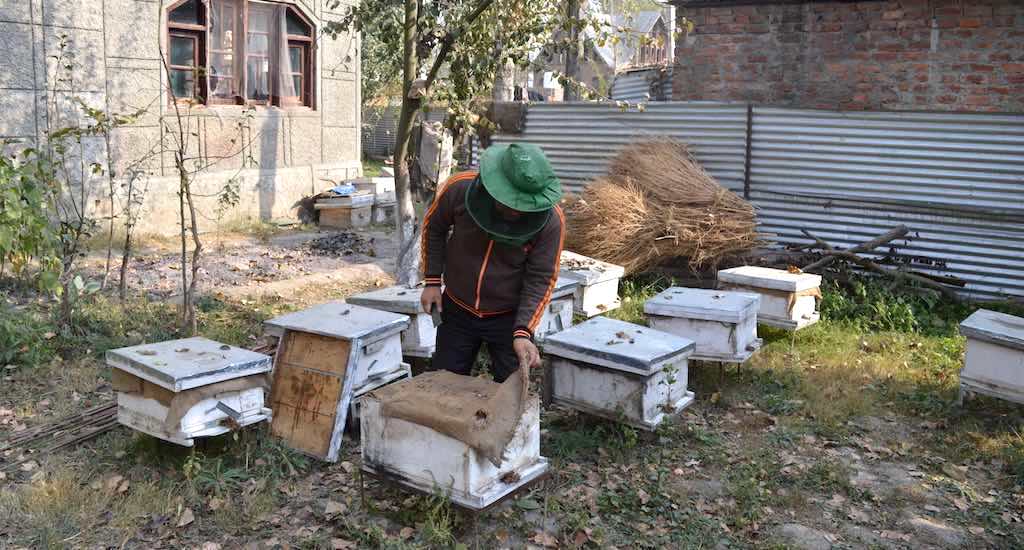As the planet warms, scientists around the world are sounding the alarm on one of Earth’s most essential—and often overlooked—creatures: the bee. While bees are generally regarded as heat-tolerant insects, the accelerating pace of climate change is testing the limits of their resilience. These vital pollinators, crucial for the production of fruits, vegetables, nuts, and other essential crops, are showing signs of distress in increasingly hot environments. And it’s not just about a few uncomfortable days in the sun—experts fear that rising temperatures could fundamentally impair bees’ ability to forage, reproduce, and resist disease.
Bees play a critical role in global food security, yet their populations—both wild and managed—are declining at alarming rates. The warming climate is compounding a host of existing threats, including habitat loss, widespread pesticide use, the spread of diseases, and the decline in available forage. Scientists have observed that in extreme heat, bees change their behavior significantly. Much like humans, they attempt to escape high temperatures by seeking out cooler environments, but at a cost: they become less active and less effective at pollinating. In this vulnerable state, their exposure to pathogens and environmental stressors increases, reducing their productivity and even threatening their survival.
One researcher at the forefront of this work is Kevin McCluney, a biology professor at Bowling Green State University in Ohio. His team’s research revealed a surprising discovery: before bees even reach their thermal threshold for overheating, they often succumb to dehydration. As temperatures climb, bees become increasingly water-stressed, redirecting their energy and time away from essential tasks like pollination toward searching for water and shade. “As their body temperatures got hotter, they became close to their dehydration limits way before they reached their overheating limits,” says McCluney. This finding challenges previous assumptions and raises new concerns about how much climate change bees can tolerate.
The implications are serious. When bees are too dehydrated to pollinate, entire ecosystems and agricultural economies suffer. Pollination is not a luxury—it’s a critical service. Without bees, crops fail, food prices rise, and biodiversity plummets. This is particularly troubling for regions already facing food insecurity or climate-related agricultural disruptions. Moreover, McCluney warns of a compounding problem: urbanization. Bee diversity declines in heavily paved environments, yet research suggests that the solution may be surprisingly simple. “Planting more flowers that bloom at different times of the year could be the biggest solution,” he explains. These plants provide nectar and pollen throughout the seasons, helping bees sustain their energy and hydration levels even during climatic extremes.

Despite the urgency, bee research faces serious funding challenges. Federal budget cuts have threatened critical programs, including the USGS Bee Lab, which plays a central role in monitoring wild bee populations and understanding pollinator health. The proposed elimination of such initiatives could further limit our understanding of how climate stressors affect pollinators—and impair efforts to protect them. The lack of comprehensive data on the exact role climate change plays in bee decline only adds to the complexity of the issue, making ongoing research not only important but essential.
As global temperatures continue to rise, the plight of the bees serves as a clear indicator of the broader ecological imbalance. If bees are becoming too hot and too dry to pollinate, the ripple effects will reach every corner of human life. From the food we eat to the health of natural ecosystems, everything is interconnected. The message from scientists is clear: it’s time to take bee health seriously, address climate change, and support research and conservation efforts. Because if bees can’t cope with a hotter world, neither can we.